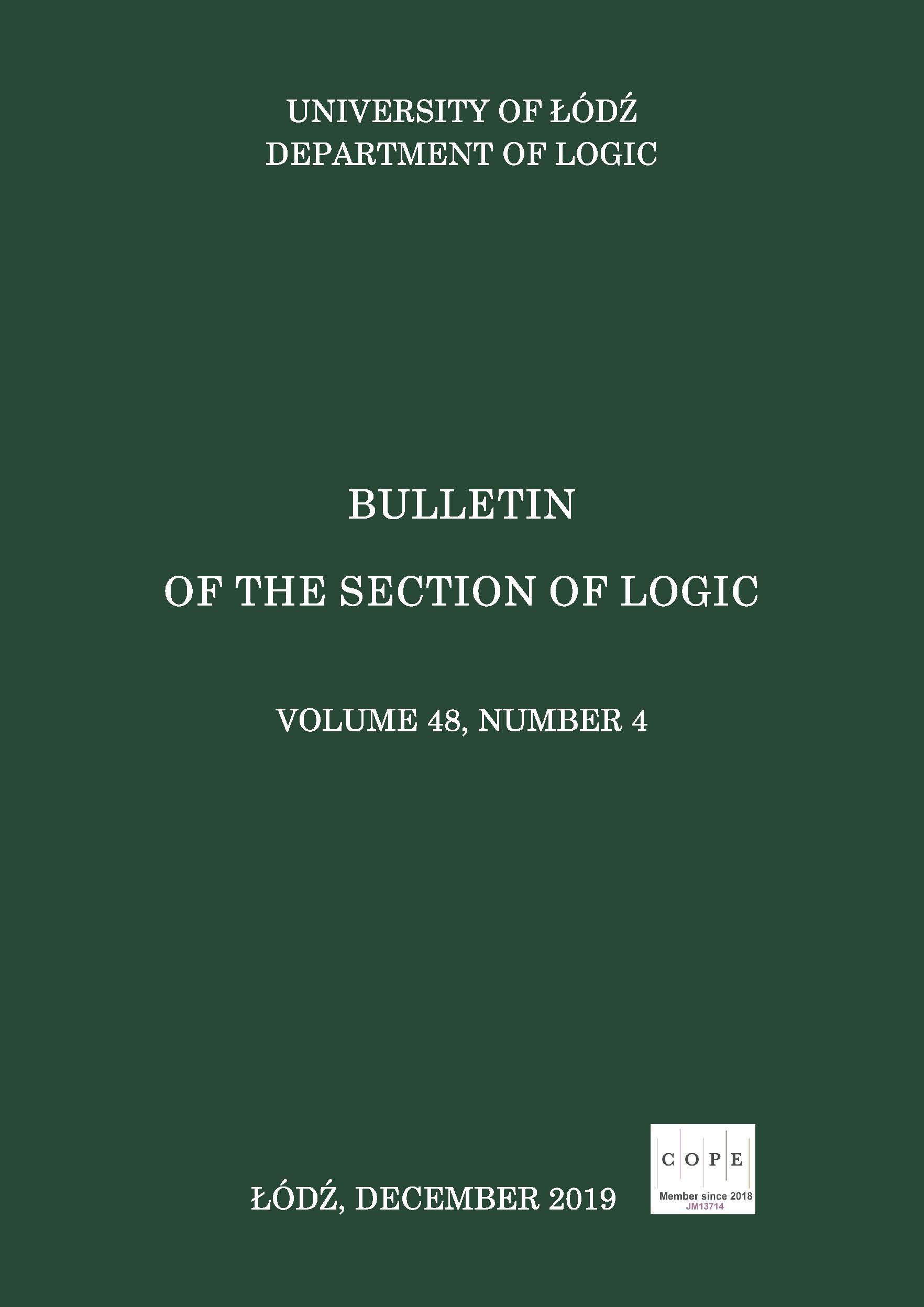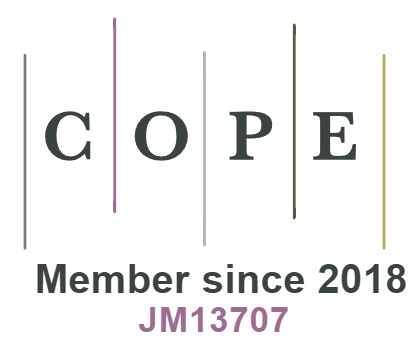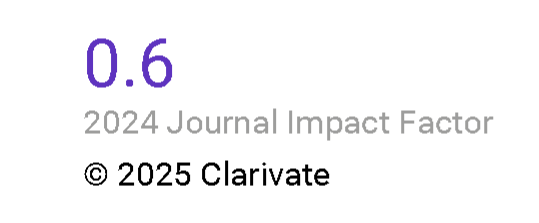Two Treatments of Definite Descriptions in Intuitionist Negative Free Logic
DOI:
https://doi.org/10.18778/0138-0680.48.4.04Keywords:
definite descriptions, binary quantifier, term forming operator, Lambert's Law, intuitionist negative free logic, natural deductionAbstract
Sentences containing definite descriptions, expressions of the form `The F', can be formalised using a binary quantier that forms a formula out of two predicates, where ℩x[F;G] is read as `The F is G'. This is an innovation over the usual formalisation of definite descriptions with a term forming operator. The present paper compares the two approaches. After a brief overview of the system INF℩ of intuitionist negative free logic extended by such a quantier, which was presented in [4], INF℩ is first compared to a system of Tennant's and an axiomatic treatment of a term forming ℩ operator within intuitionist negative free logic. Both systems are shown to be equivalent to the subsystem of INF℩ in which the G of ℩x[F;G] is restricted to identity. INF℩ is then compared to an intuitionist version of a system of Lambert's which in addition to the term forming operator has an operator for predicate abstraction for indicating scope distinctions. The two systems will be shown to be equivalent through a translation between their respective languages. Advantages of the present approach over the alternatives are indicated in the discussion.
References
[1] M. Fitting and R. L. Mendelsohn, First-Order Modal Logic, Dordrecht, Boston, London, Kluwer, 1998. https://doi.org/10.1007/978-94-011-5292-1
Google Scholar
[2] Andrzej Indrzejczak, Cut-free modal theory of definite descriptions, [in:] G. Metcalfe, G. Bezhanishvili, G. D'Agostino and T. Studer (eds.), Advances in Modal Logic, Vol. 12, pp. 359–378, London, College Publications, 2018.
Google Scholar
[3] Andrzej Indrzejczak, Fregean description theory in proof-theoretical setting, Logic and Logical Philosophy, Vol. 28, No. 1 (2018), pp. 137–155. http://dx.doi.org/10.12775/LLP.2018.008
Google Scholar
[4] N. Kürbis, A binary quantifier for definite descriptions in intuitionist negative free logic: Natural deduction and normalisation, Bulletin of the Section of Logic, Vol. 48, No. 2 (2019), pp. 81–97.https://doi.org/10.18778/0138-0680.48.2.01
Google Scholar
[5] K. Lambert, A free logic with simple and complex predicates, Notre Dame Journal of Formal Logic, Vol. 27, No. 2 (1986), pp. 247–256. https://doi.org/10.1305/ndjfl/1093636615
Google Scholar
[6] K. Lambert, Free logic and definite descriptions, [in:] E. Morscher and A. Hieke (eds.), New Essays in Free Logic in Honour of Karel Lambert, Dordrecht, Kluwer, 2001. https://doi.org/10.1007/978-94-015-9761-6_2
Google Scholar
[7] E. Morscher and P. Simons, Free logic: A fifty-year past and an open future, [in:] E. Morscher and A. Hieke (eds.), New Essays in Free Logic in Honour of Karel Lambert, Dortrecht, Kluwer, 2001. https://doi.org/10.1007/978-94-015-9761-6_1
Google Scholar
[8] N. Tennant, Natural Logic, Edinburgh, Edinburgh University Press, 1978.
Google Scholar
[9] N. Tennant, A general theory of abstraction operators, The Philosophical Quarterly, Vol. 54, No. 214, pp. 105–133. https://doi.org/10.1111/j.0031-8094.2004.00344.x
Google Scholar
Downloads
Published
How to Cite
Issue
Section
License
Copyright (c) 2019 Bulletin of the Section of Logic

This work is licensed under a Creative Commons Attribution-NonCommercial-NoDerivatives 4.0 International License.















